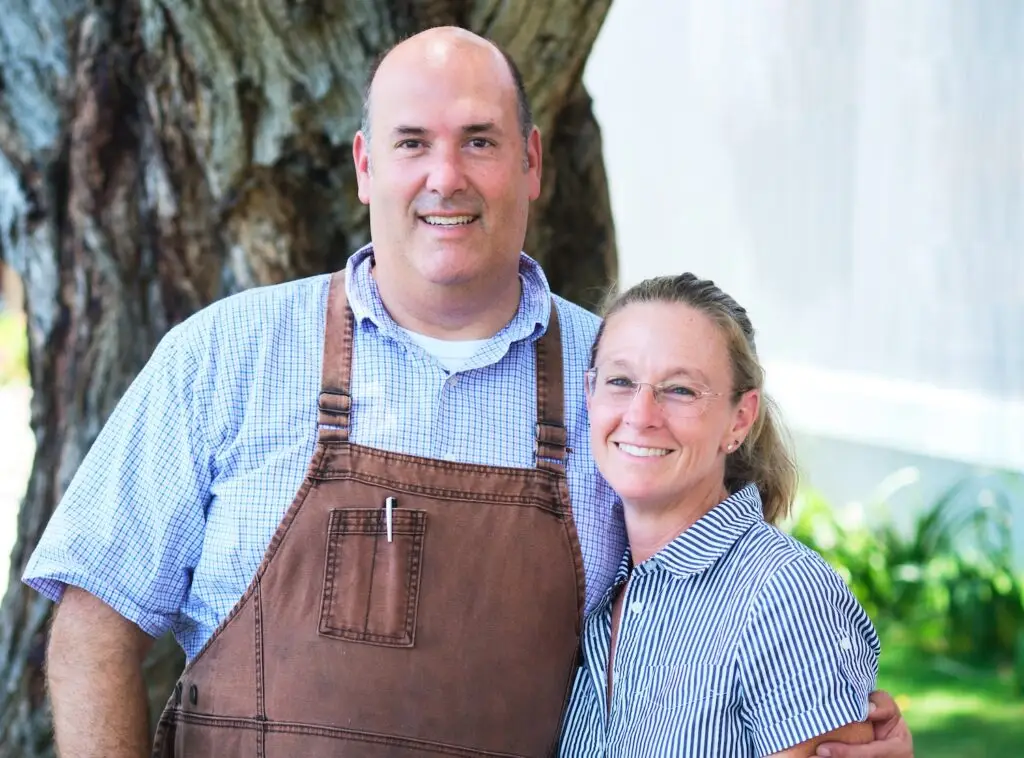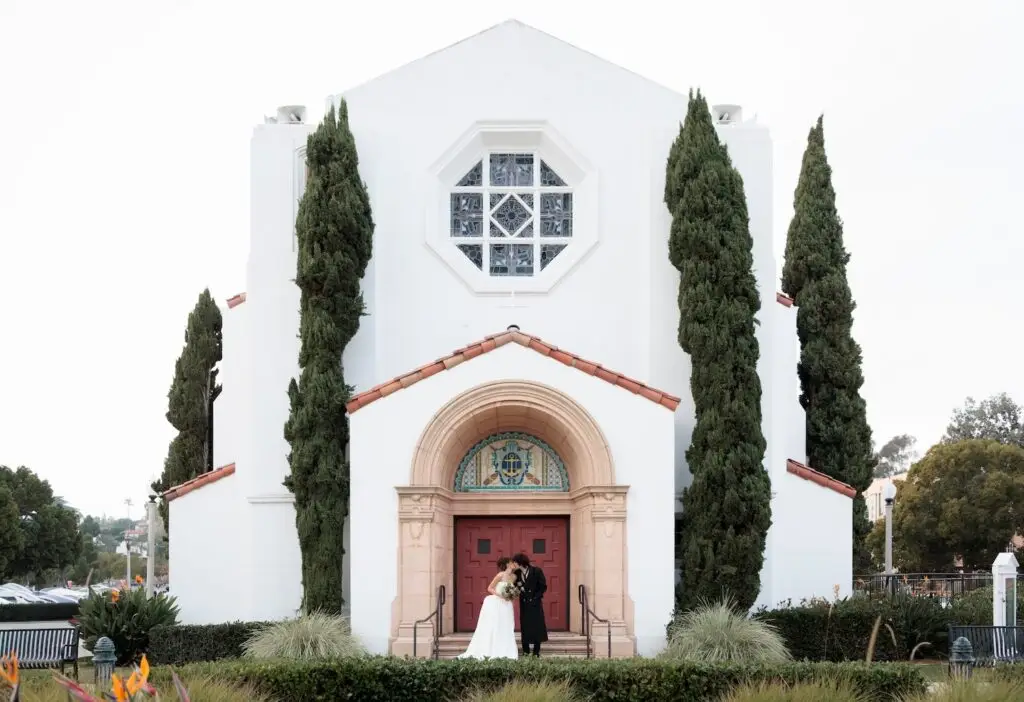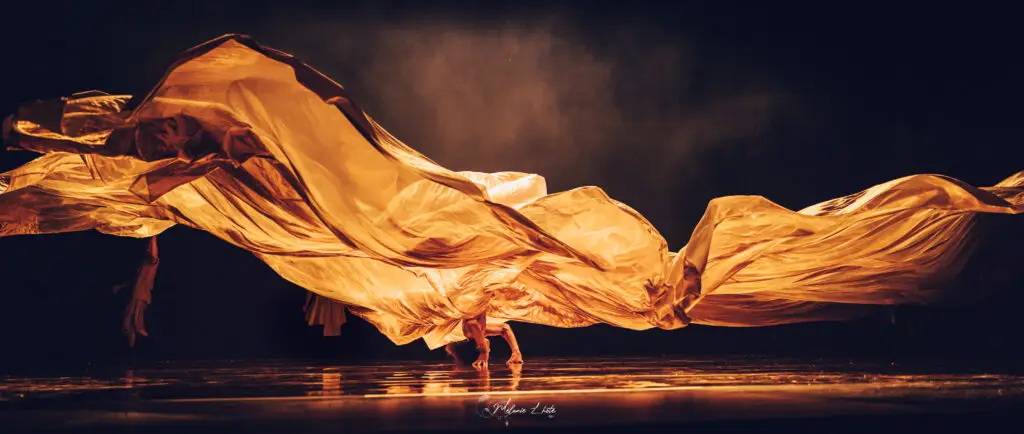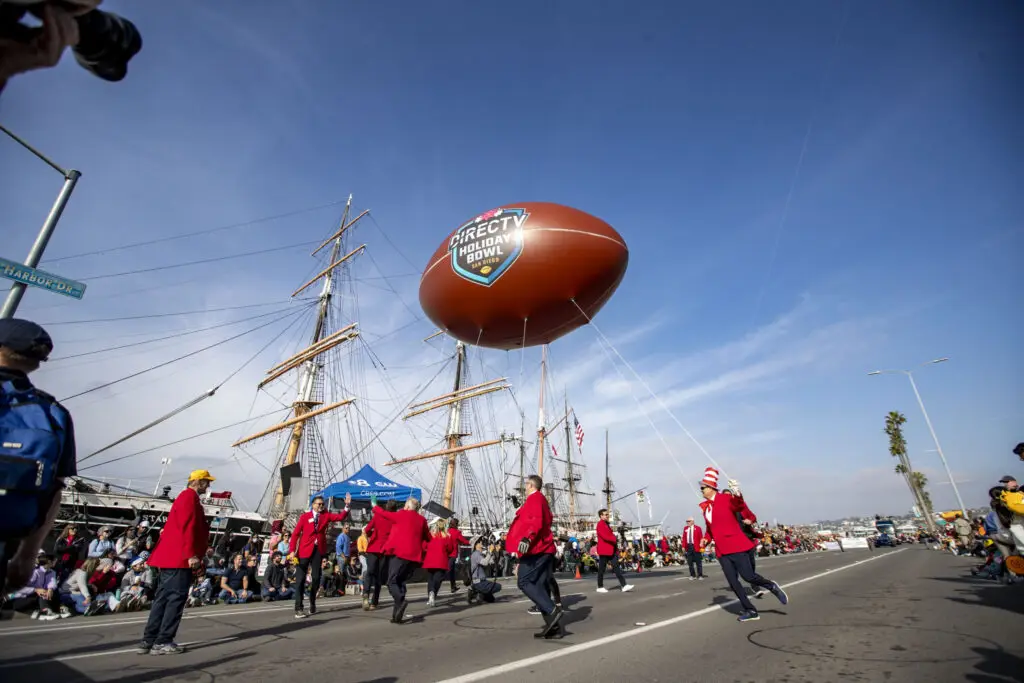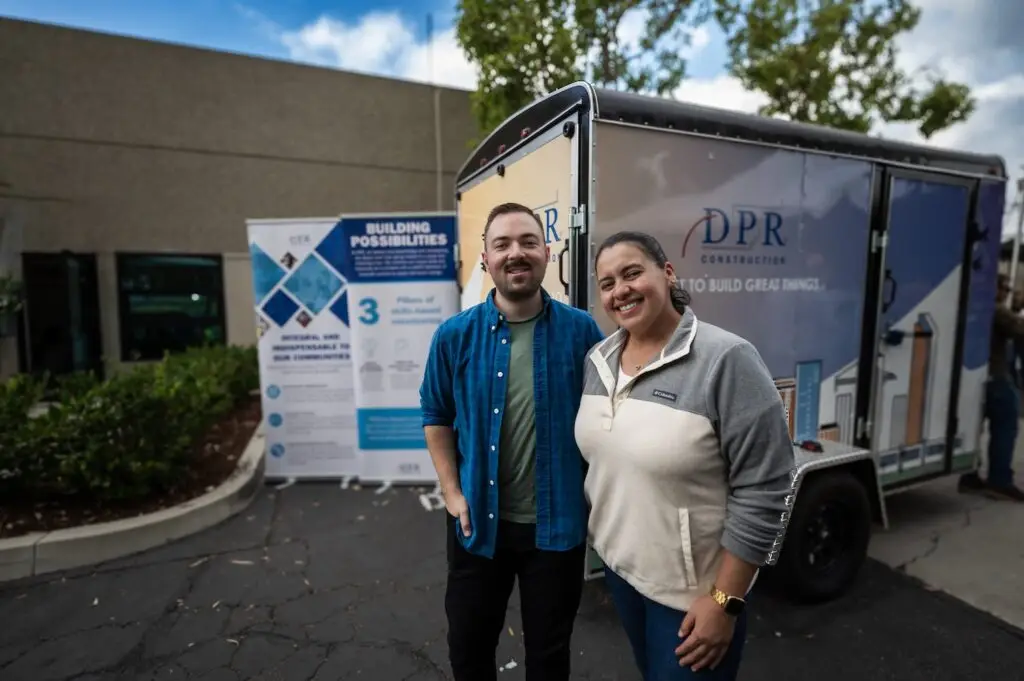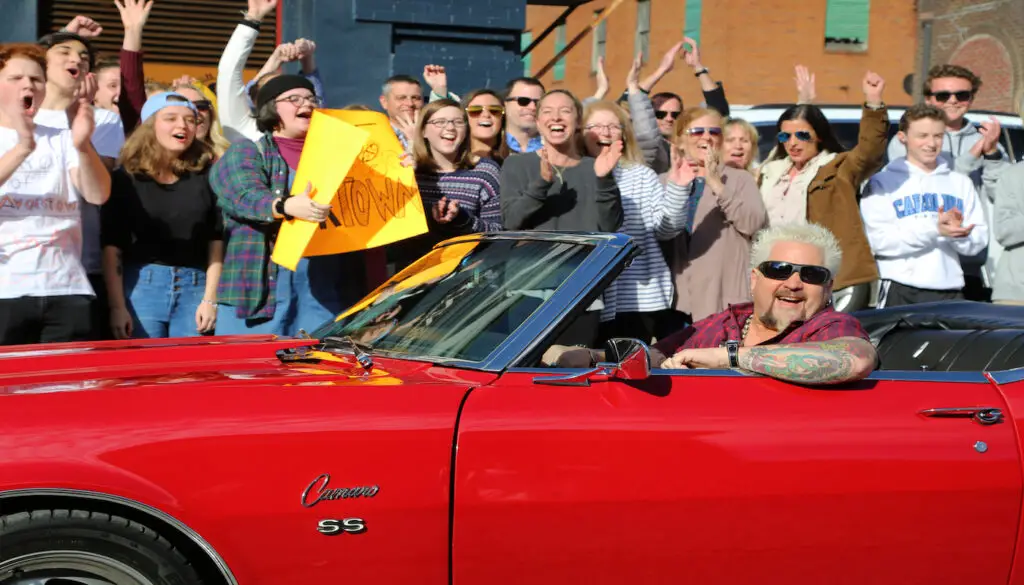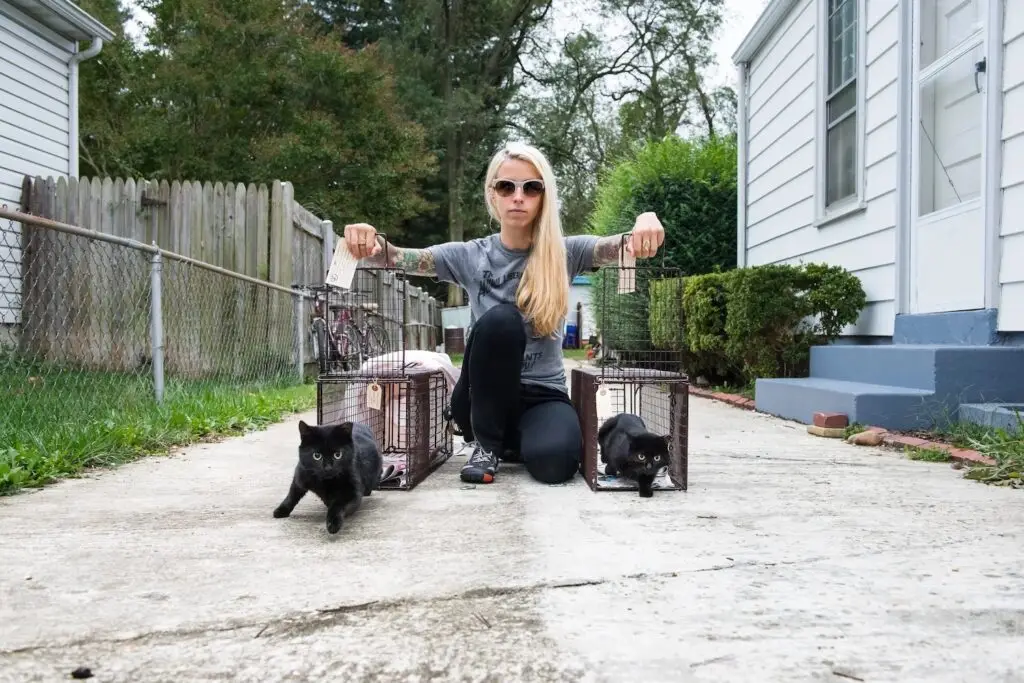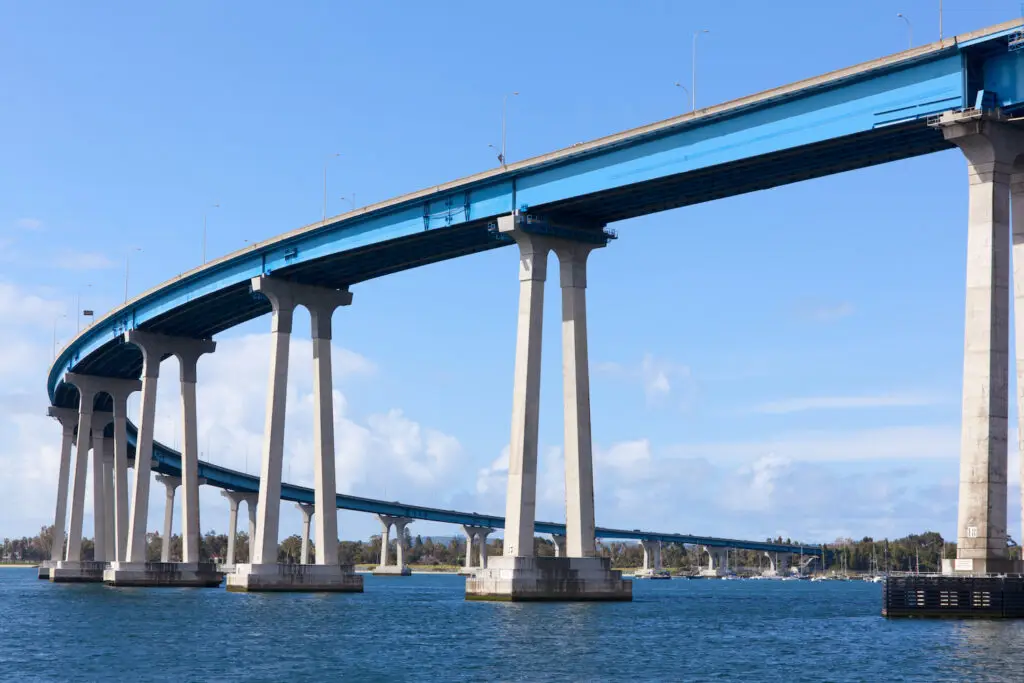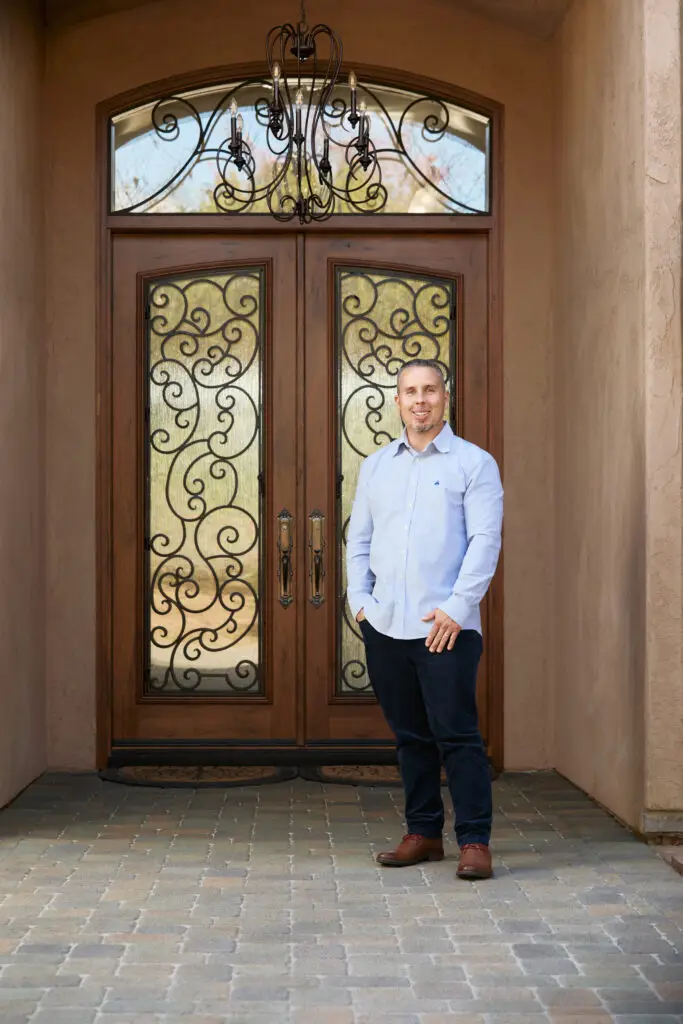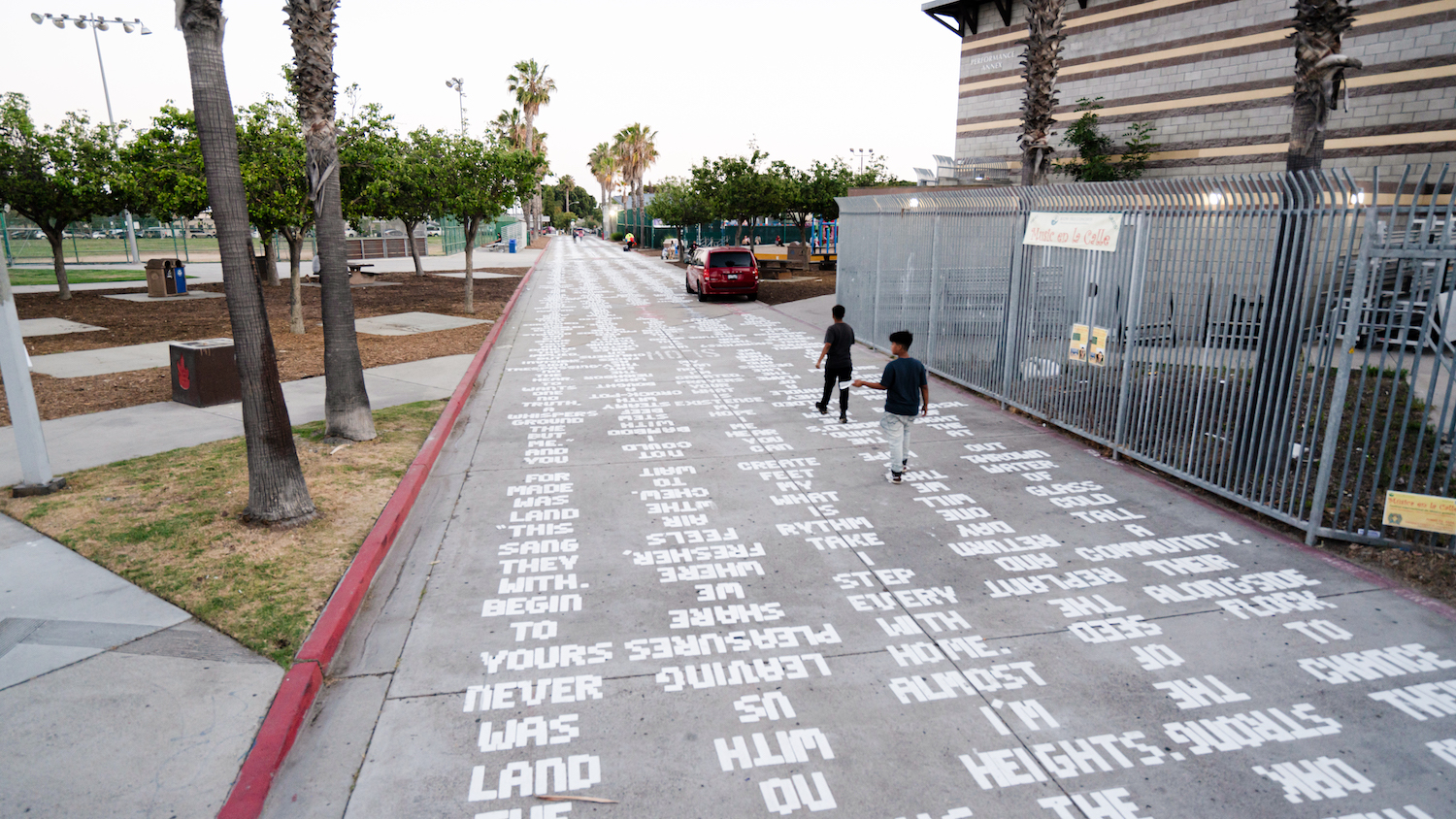“Can you hear me?” asks an alleyway beside the City Heights Park. These words from 19-year-old Samira Hassan peer up from the pavement on 44th Street between Wightman Street and Landis Street, alongside about 2,000 others by Hassan and fellow writers Fatuma Fadhil, Zamzam Fadhil, Aysia McWhorter, and Hidaya Saban. For the next several years, children will jump rope and skateboard across these artists’ poems, while locals peruse the words on their way to the library or rec center.
The installation, titled Memoria Terra, is one of 18 projects supported by the California Arts Council’s $60 million Creative Corp program. It’s a collaboration between San Diego–based artist Shinpei Takeda and the Back Alley Poetry Club, a collective of young, second-generation Cambodian, Somalian, and African American poets from City Heights. Takeda and the writers met weekly for more than six months to share a meal and workshop the poems.
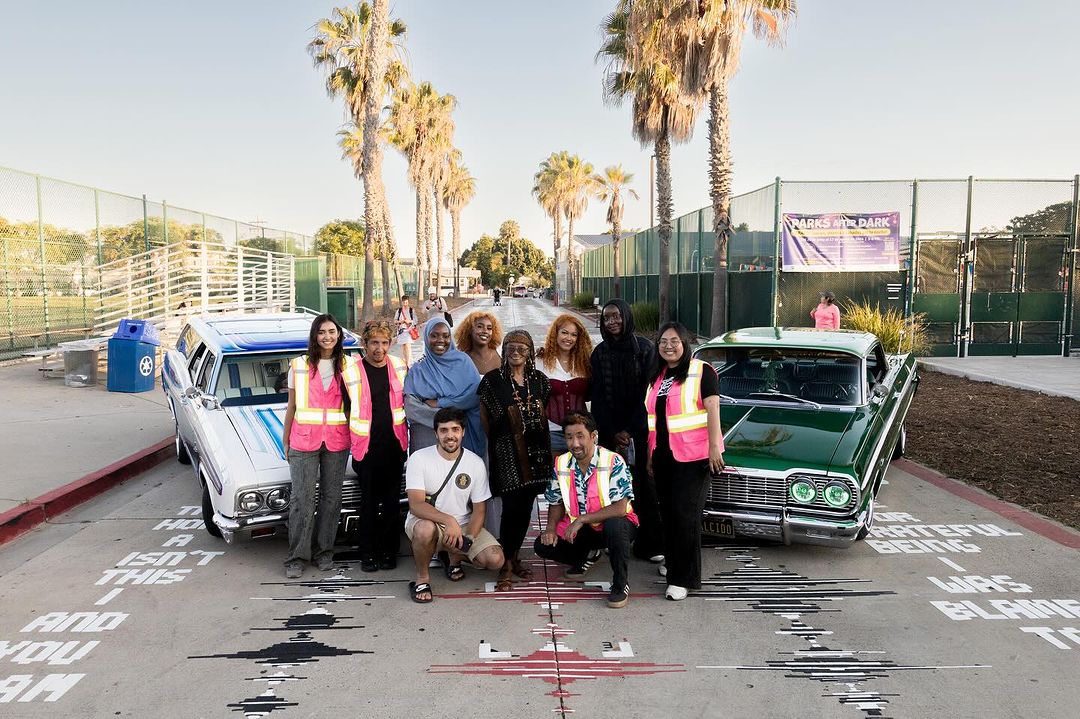
“We talked about the social issues affecting Black and brown communities in City Heights,” says Takeda, whose nonprofit, AjA Projects, has supported creative expression among the neighborhood’s youth for more than two decades. “We really tried to look with a critical lens at what’s happening in the world. Writing together is a healing process.”
The resulting poems confront City Heights’ ongoing gentrification and draw connections between the neighborhood’s large immigrant and refugee communities and San Diego’s displaced Indigenous people. They meditate on climate change and childhood memories. But because the pieces sprawl across the pavement, “you can pick words you like and create your own poems as you walk,” Takeda says.
To install the work, the project’s team first plotted each line with chalk before using strips of road-marking material to form more than 10,000 letters by hand. Then, with a flamethrower, they burned the words into the asphalt in a process similar to the way traffic signs are installed on streets. The team unveiled Memoria Terra in late June.
The poems will greet those who walk and play in the alley for up to five years—a stark and powerful reminder that wherever we go, “we’re always stepping on history and memories,” Takeda says.
